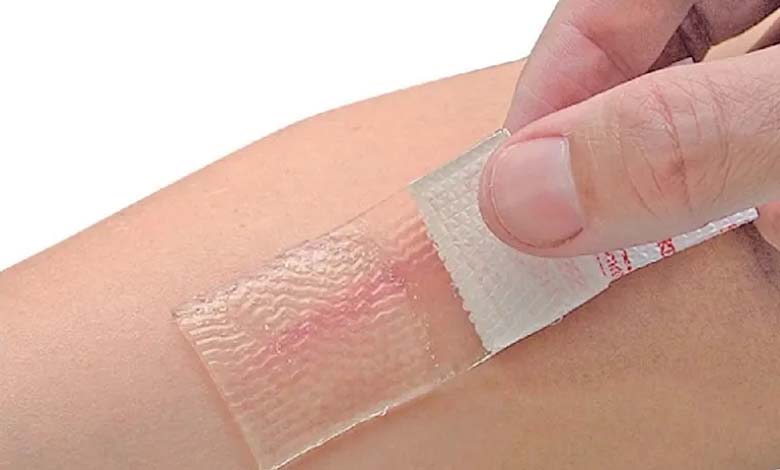Is Silicone Tape Truly Effective for Scar Treatment?

Wound healing is a complex biological process aimed at restoring skin integrity after injury, surgery, or inflammation. While some wounds heal with barely noticeable traces, many people are left with visible scars that can be distressing, itchy, or even painful. In recent years, silicone tape — also known as silicone sheets or gel strips — has emerged as a non-invasive and scientifically supported solution for improving the appearance of scars. But how effective is this treatment in reality? And what are the mechanisms behind its action?
-
Irritation and Infections: How Makeup and Contact Lenses Affect Your Eyes
-
Shocking Scientific Discovery: The Surprising Strategy Cancer Cells Use to Survive Nutrient Shortages
How Silicone Works on Scar Tissue
Medical-grade silicone is available in soft sheets, gels, or adhesive strips. When applied consistently over scarred skin, it creates a semi-occlusive barrier — one that maintains moisture while allowing the skin to breathe. Continuous hydration is essential in preventing excessive dryness, which often contributes to the formation of raised or rigid scars, especially hypertrophic and keloid scars.
Silicone also regulates collagen production. In abnormal scars, fibroblasts — the skin cells responsible for producing collagen — overproduce fibers, causing the skin to thicken unnaturally. By maintaining optimal hydration levels and applying gentle pressure, silicone tape helps limit this overproduction. Over time, the scar becomes flatter, more flexible, less red, and less painful.
-
Listeria Outbreak in the UK – Chocolate Contaminated with a Deadly Toxin
-
Is It Safe to Use Expired Makeup?
Scientific Evidence and Clinical Recommendations
The benefits of silicone dressings have been confirmed in numerous randomized clinical trials and meta-analyses. Publications in Plastic and Reconstructive Surgery and the Cochrane Library have demonstrated their effectiveness in preventing and managing pathological scars. Many dermatological and plastic surgery associations recommend silicone as a first-line treatment, particularly in post-surgical recovery.
Silicone therapy is also favored for its simplicity, safety, and compatibility with other approaches such as healing creams, therapeutic massage, or laser treatments. It can be used on various parts of the body — including the face, joints, and torso — as long as it is not applied to an open wound and hygiene is strictly observed.
Factors Influencing Outcomes
Despite its many advantages, silicone tape is not a universal or instant solution. Its effectiveness depends on several factors:
- Age of the scar: Results are typically more visible on newer scars (under six months old) than on older ones.
- Consistency: For noticeable improvement, the tape should be worn for 12–24 hours a day over several weeks or months.
- Skin type and location: Some areas are more prone to mechanical stress or keloid formation (shoulders, chest, earlobes).
- Genetics: Some individuals are genetically predisposed to thick, raised scarring regardless of treatment.
-
Phones and Lack of Sleep: “Surprising” Information About Blue Light
-
Fasting: Health Benefits Beyond Weight Loss
Advantages and Limitations
One of silicone’s key advantages is its excellent skin tolerance. Unlike more aggressive treatments — such as steroid injections, laser resurfacing, or corrective surgery — it rarely causes adverse reactions. Mild irritation or warmth may occur initially, but these effects usually resolve quickly.
However, silicone is not a miracle cure. It won’t make a scar completely disappear, especially if it is old, deeply pigmented, or influenced by hormonal or genetic factors. It is better viewed as a gradual, gentle improvement tool that requires discipline and time.
-
Daily Consumption of Sweets May Accelerate Biological Aging
-
Profound Structural Effects: How the Menstrual Cycle Reshapes the Female Brain
Silicone tape stands today as an evidence-based, reliable method for treating and preventing hypertrophic and keloid scars. Its effectiveness lies in its ability to maintain optimal skin hydration and modulate fibroblast activity. Easy to use, well-tolerated, and compatible with other treatments, it offers a serious option in the scar management toolkit. However, as with any skin therapy, optimal results depend on early intervention, regular use, and professional medical guidance.












